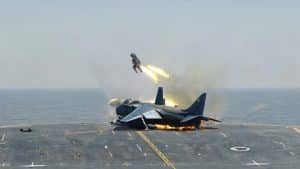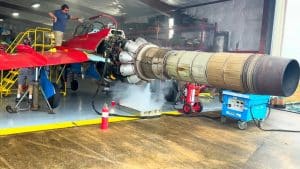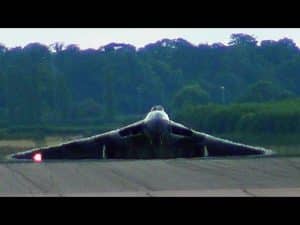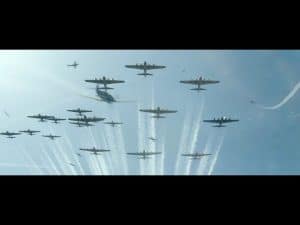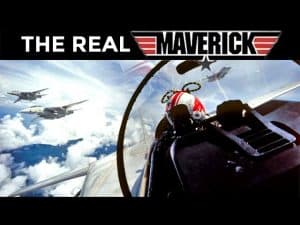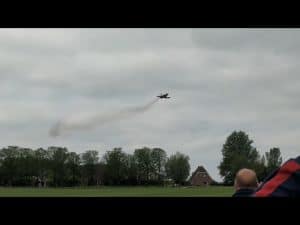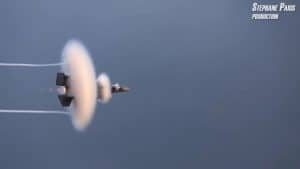Thunderbolt and Mustang Takeoff- Hear The Difference
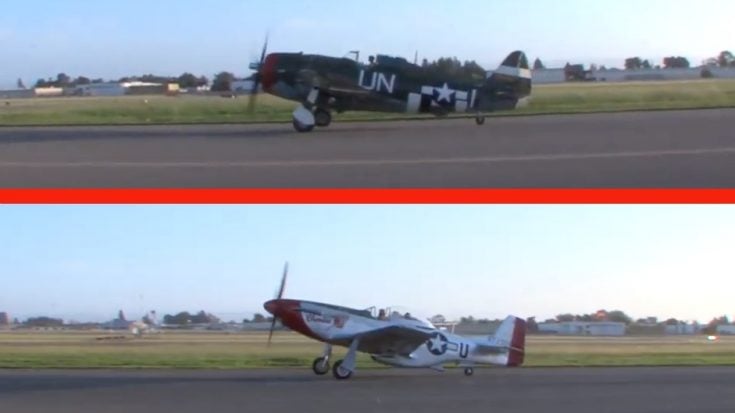
wcolby / YouTube
Though perhaps not as aesthetically pleasing as the Mustang, the P-47 Thunderbolt pulled its weight in WWII. (And at 50% heavier than the Mustang, it weighed quite a lot.)
A Comfortable Plane
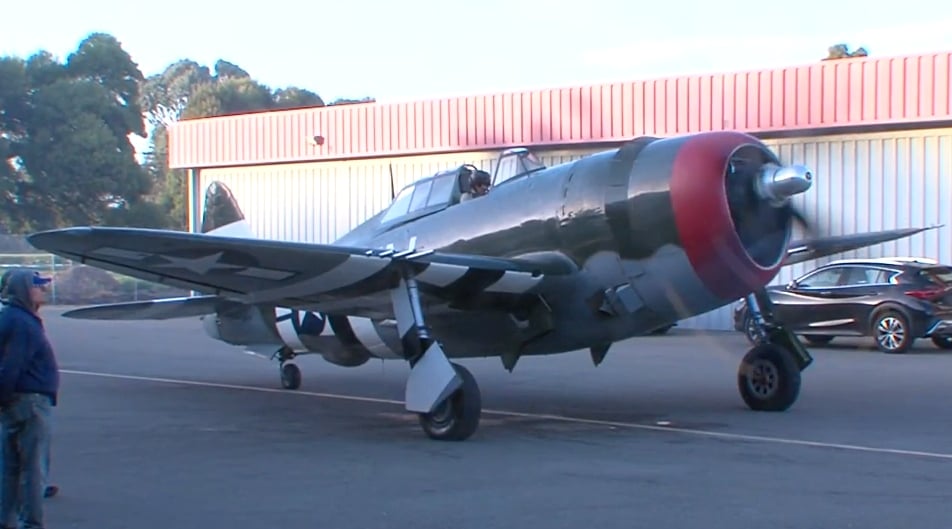
The Thunderbolt sported a roomy, lounge-like cockpit and was fantastically durable. The addition of a bubble canopy added great visibility. Only about .7% were actually lost in action, gaining the Thunderbolt loyalty among pilots like Lieutenant Francis F. Gabreski, an ace pilot with 28 victories. Still, despite the capabilities of the Thunderbolt, it was met with resentment by pilots who preferred lighter and more maneuverable planes such as the Spitfire.
The flying milk bottle
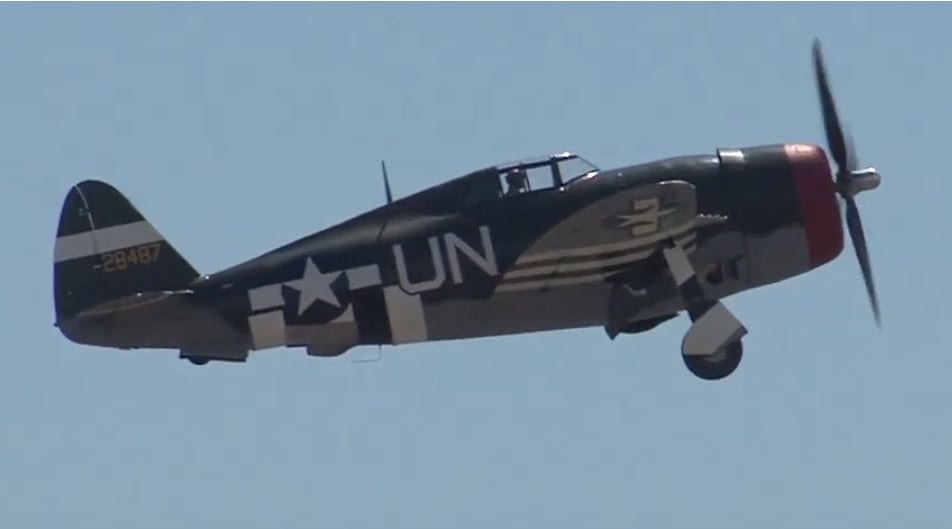
It also sort of looked like a milk bottle, earning it the nickname, “flying milk bottle.” Some also called it “juggernaut,” which shortened to “jug.”
15,600 P-47 Thunderbolts were manufactured between 1941 and 1945. They served in every theater of the war. Overall, the Thunderbolt claimed 4,000 enemy aircraft, 9,000 trains, 86,000 trucks, and 6,000 armored vehicles. It saw action well beyond WWII, finally retiring from the Peruvian Air Force in 1966. The Thunderbolt was, and is, an admiral plane.
The Thunderbolt vs. the Mustang
Watch the clip below to see both the Thunderbolt and the Mustang take off. The first to take flight is the heavier Thunderbolt, powered by a Pratt and Whitney. The Mustang follows just moments later. This video displays a great visual and audible comparison between these two WWII legends.












